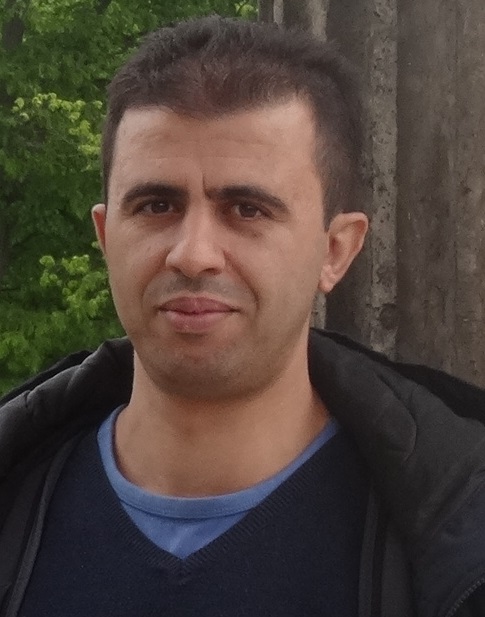Reanalysis products combine observational information and numerical models’ prior estimates to provide gridded and physically consistent data describing the recent history of the atmosphere, land surface and oceans. They became popular tools, addressing multiple purposes including monitoring of climate and atmospheric changes, for research and education and for commercial applications. Yet, chemical reanalysis and inversion datasets are still an emerging activity and lack of publicity and overall understanding of the products and their advantages.
The goal of this working group is to promote the use and access to chemical reanalysis products to a wide audience, including stakeholders, international scientific community, and students. This will help facilitate the comparison of different datasets, including additional and extended evaluation to observation and other emergent constraints, in order to improve the reanalysis products. It will also help assessing current and future observational monitoring. The principal aim is to enhance our knowledge and quantification of spatial and temporal variations of geophysical and geochemical systems.
There is a growing wealth of observations in the field of atmospheric chemistry, including ground based remote-sensing and surface measurement networks, atmospheric profiling with aircraft including drones, and an increasing number of satellite remote sensing instruments. These measurements are all of a different nature, with singular precision and accuracy, different spatial and temporal sampling and therefore overall different geophysical representativeness. Reanalyses propagate the information given by observations onto related state variables, with the aim of reducing biases and uncertainties in space and time, but also across the physical and chemical system. This allows for a better understanding of model and observed variability of the Earth system and atmospheric biogeochemical cycle. Along with being powerful methods, reanalyses and inverse models attempt to quantify complex, potentially nonlinear and chaotic systems. The methods rely on assumptions about prior fluxes and atmospheric states, and are still subject to uncertainties in the applied physical and chemical parameterizations. In that context, it is important to facilitate and promote the comparison of posterior estimates from different products. Such ensembles can be evaluated with additional observations or other sophisticated statistical approaches to find emergent constraints. Large discrepancies in bottom-up and top down fluxes can also help identify shortcomings in the current understanding of the underlying processes. The comprehensive analysis will greatly enhance our understanding of the drivers of variability in atmospheric chemistry, and provide target areas for data and model improvement.
The objectives of this working group are to:
• establish a complete list of available reanalysis datasets.
• enhance visibility and promote access to the different products.
• strengthen communication among different communities and groups.
• coordinate and encourage efforts on dedicated activities: e.g. sub-working groups on specific regions, specific datasets or common scientific questions.
• highlight the potential additional use that could be made with reanalyses (e.g. information in areas of the world where little or no data exists, etc).
The group welcomes all contributions on applications of chemical reanalysis data, on comparisons of reanalyses and observations, and on advances in reanalysis methodology. Here is the timeline of proposed activities:
• inventory of existing chemical reanalysis and inversions, set-up of a website with a description, link and reference to the datasets.
• Scientific collection / Special issue on “Chemical reanalyses and inversions”, to be discussed, according to community interest / involvement.
Interested and willing to join? Take contact with us!
|
|
|
|
|
Benjamin Gaubert This email address is being protected from spambots. You need JavaScript enabled to view it. National Center for Atmospheric Research, |
Idir Bouarar This email address is being protected from spambots. You need JavaScript enabled to view it. Max Planck Institute for Meteorology,
|
Thierno Doumbia This email address is being protected from spambots. You need JavaScript enabled to view it. Laboratoire d'Aérologie,
|




